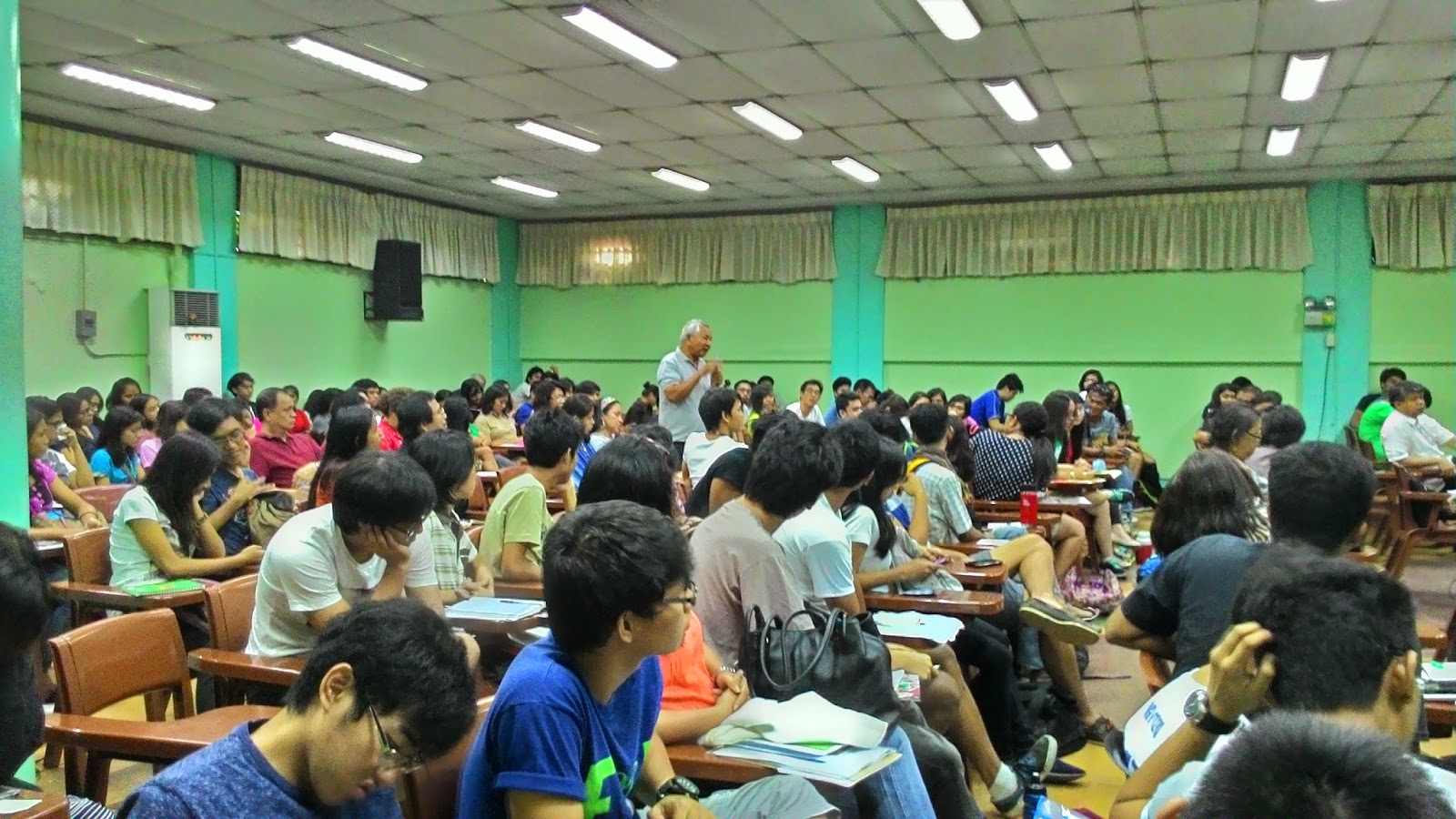Kasarinlan Call for Papers on
Risking Resources, Reckoning Risk:
Natural Disasters in the Third World
Kasarinlan: Philippine Journal of Third World Studies is accepting article submissions in order to broaden the scope of what Ulrich Beck referred to as “narrated attention” on risk from natural disasters in Third World or developing societies.
Interested scholars are invited to offer critical views on how risk from natural disasters is apprehended in societies that already suffer from serious institutional and governmental shortcomings to address the devastations brought about by natural calamities.
Topics covered may include, but are not limited to:
- How collectivities and institutions creatively generate and strategically utilize symbolic and material resources for different ends;
- How the use of these resources create, maintain, and transform knowledge practices, in anticipation of more frequent and stronger disaster threats;
- Communicating risks via popular media;
- Local knowledges and traditional communities’ making sense of natural disasters;
- Role of new media during disaster prevention and relief;
- Disaster policy and local government practices of improvisation in post-disaster governance;
- History, culture, and heritage in the face of natural disasters; and
- Disaster diplomacy in the Third World.
The precarious present does not privilege specific forms of knowledge, but in fact invokes disparate and divergent rationality claims. The planned issue thus aims to serve as a dais for what social scientists posit as “contradictory certainties” without privileging one discipline over the other but possibly towards their potential alignment to meaningfully reflect upon the precariousness developing countries are confronted with.
Deadline of article submissions is on 31 March 2015.
For details about the submission process, visit the Kasarinlan webpage at:
http://journals.upd.edu.ph/index.php/kasarinlan/about.



































